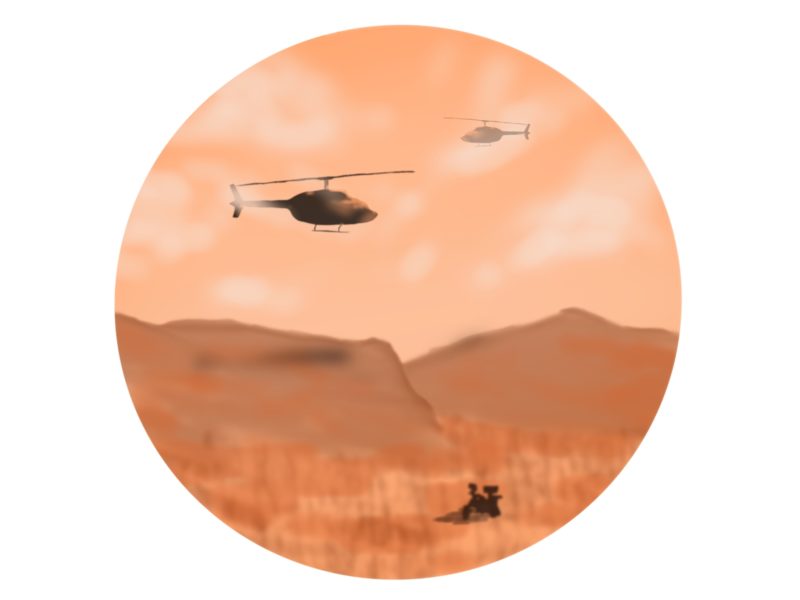Seismic imaging studies of near-surface geology are difficult to perform, due to the inherent problems associated with current technology. Rick Miller of the University of Kansas visited the Colorado School of Mines last week to present the latest research on taking ground data using near-surface seismic readings.
Seismic geophysical imaging is used to determine the ground structure of native soil without removing it. The field was initially developed for the petroleum industry, and today much of the work still revolves around that field of engineering. Seismic imaging allows geophysicists to identify the rock structure in any area underground, and in the petroleum industry this is beneficial for determining both the location and type of oil and gas reservoirs present. By detonating a small explosive charge near the surface and measuring the vibration response, the technicians can determine the structure of any subsurface rock formations.
But closer to the surface, seismic technology poses several problems to engineers and technicians. Miller pointed out that the issues associated with near-surface seismic imaging includes excess noise generation, clipping of the signal from large “reflections”, and other anomalies that make reading and interpreting the images rather difficult.
In an attempt to improve the process, explosions with smaller wavelengths and higher frequencies are being implemented. When the waves are sent into the ground, their reflections are analysed to produce an image of the underlying ground. As a result, the shorter wavelengths produce a higher resolution, enabling technicians to identify the small gravel, sand, and rock “nodules” buried anywhere from 3-20 meters under the surface. Miller pointed out that longer wavelengths do not register that these nodules exist, and that smaller wavelets could essentially nullify the use of standard deep seismic technologies.
However, this newer process does still have its obstacles. One of the difficulties associated with using shorter wavelengths and higher frequencies is that they produce more noise in the image. This requires more careful interpretation, and in some cases advanced computer modeling to eliminate the noise.
As part of the lecture series, Miller will be visiting dozens of schools in over 20 countries over the next three months, bringing many research groups up-to-date on the latest technology available for seismic imaging. Miller is part of the research faculty at the University of Kansas, and an active member of the SEG.


'Near-surface seismic: More than a problem of scale' has no comments
Be the first to comment this post!